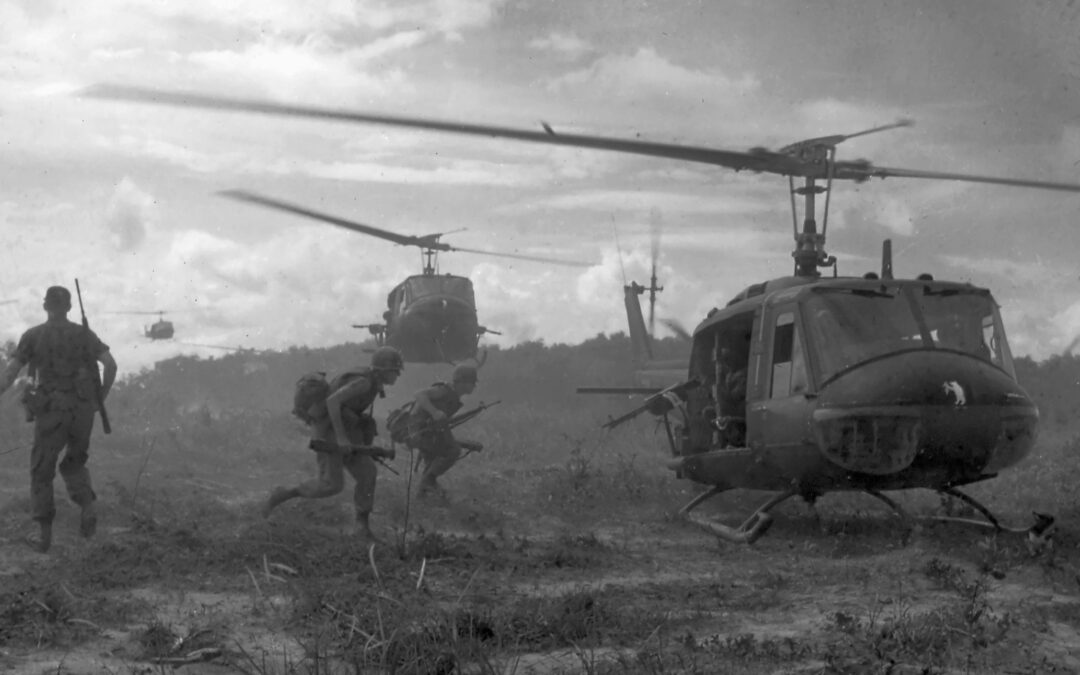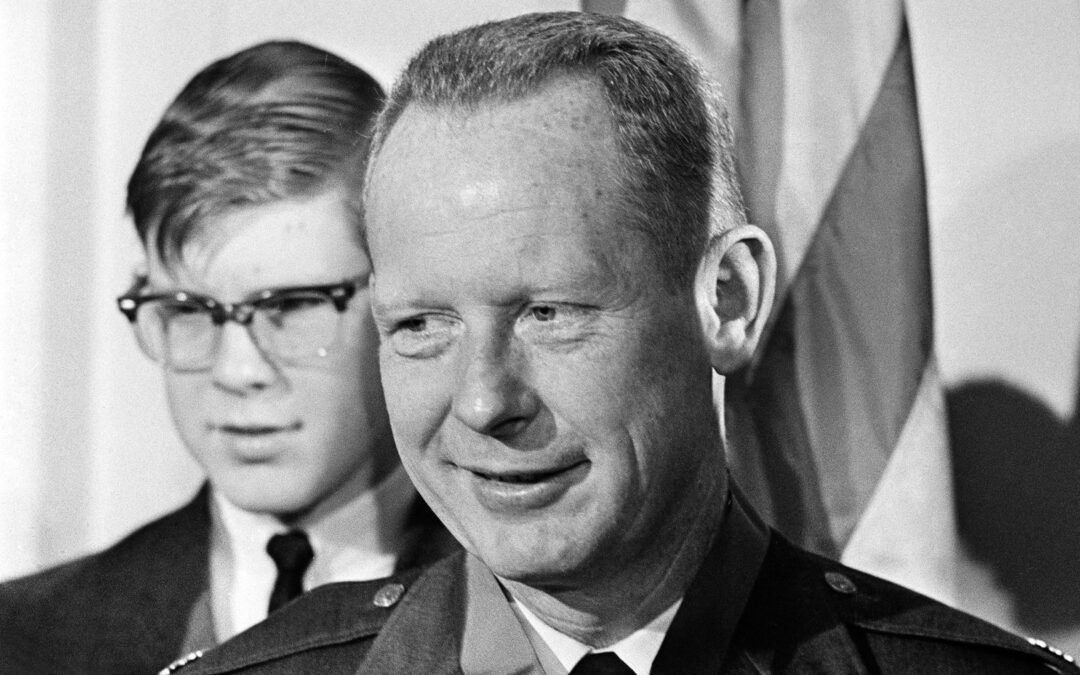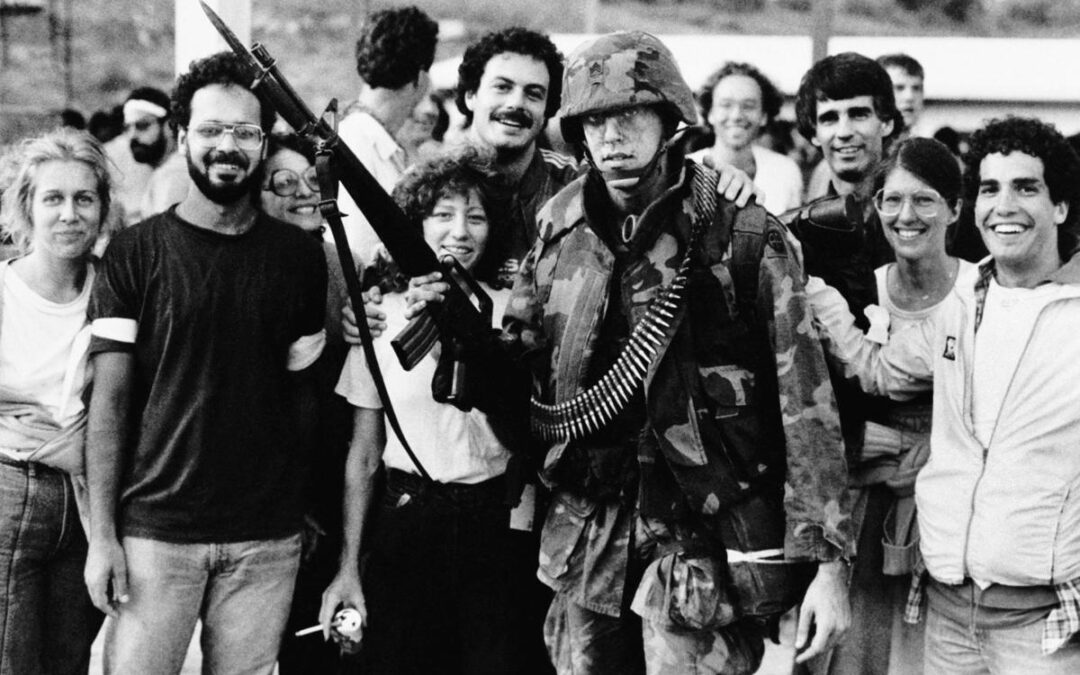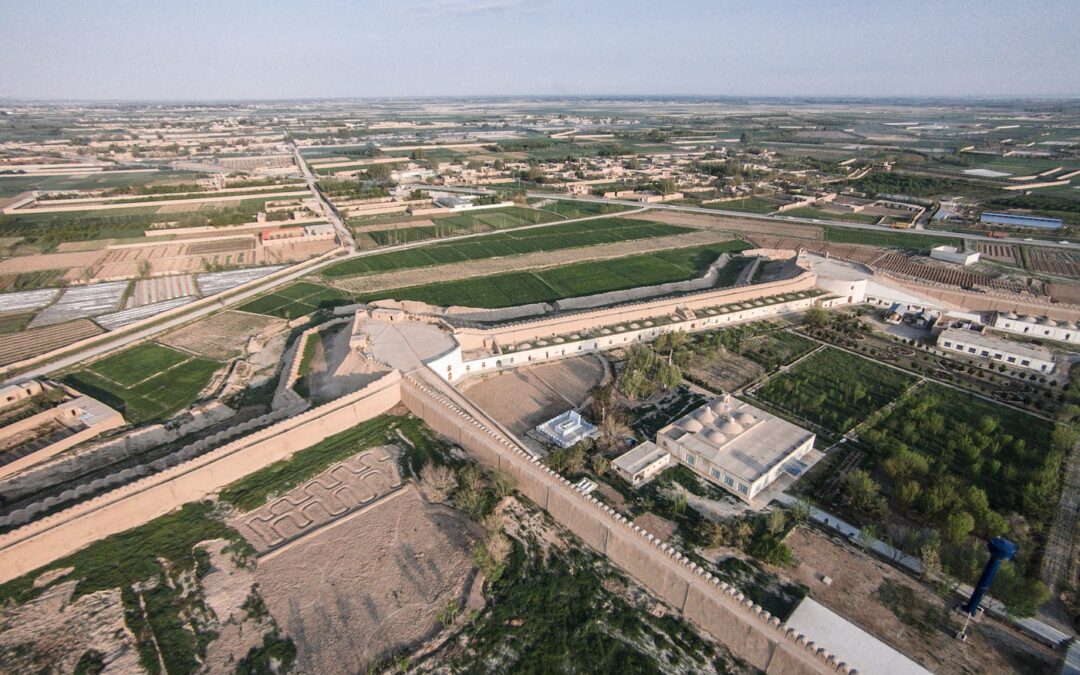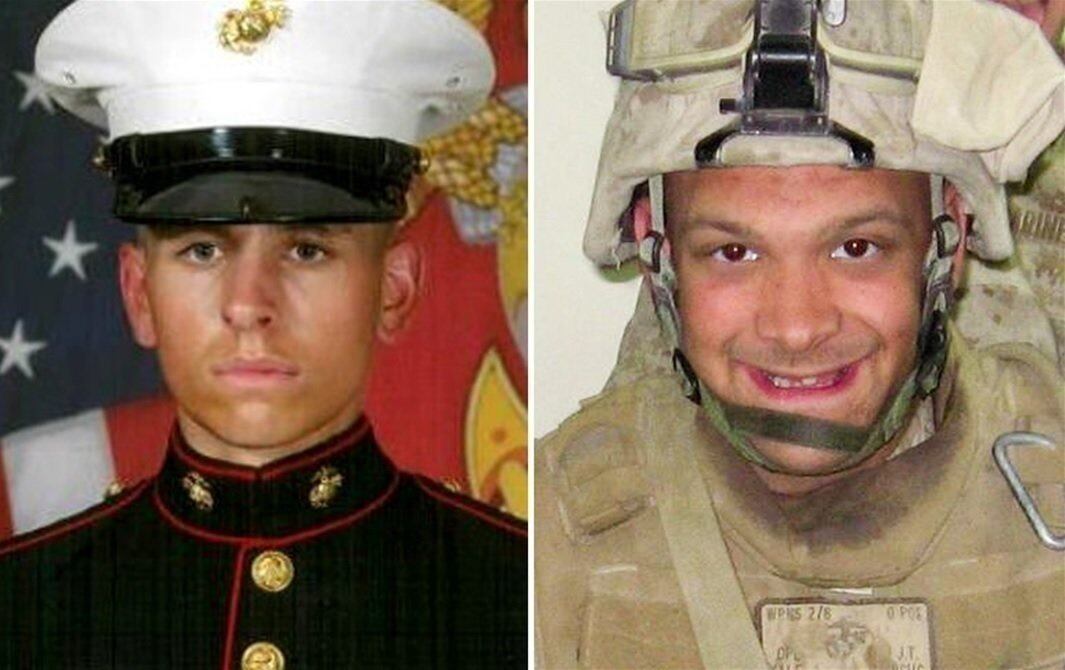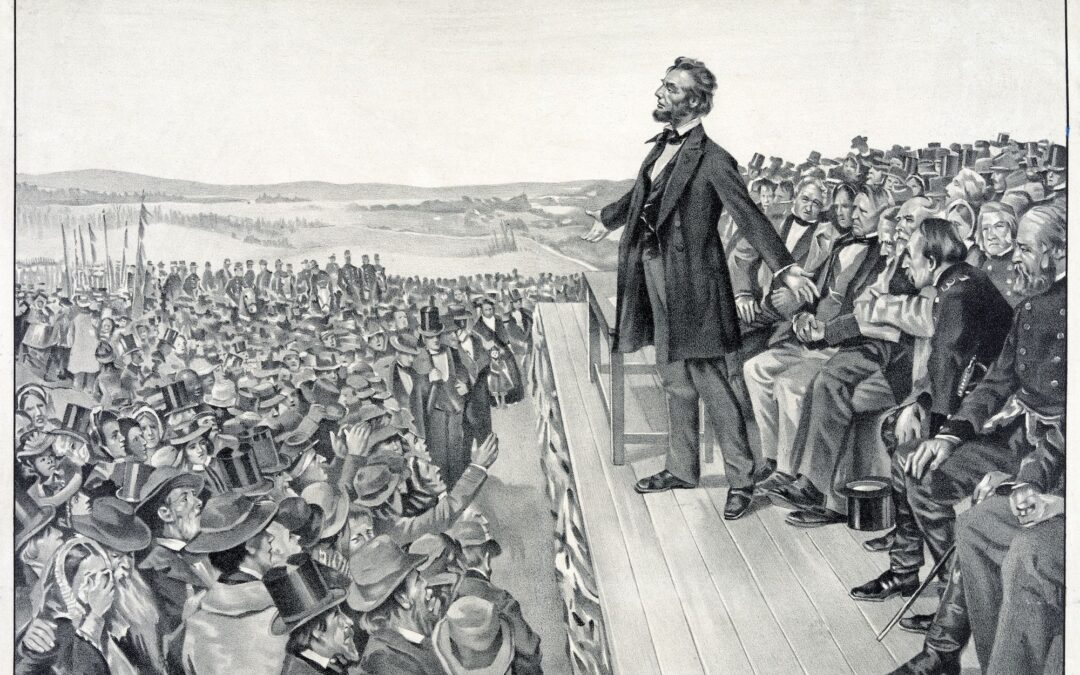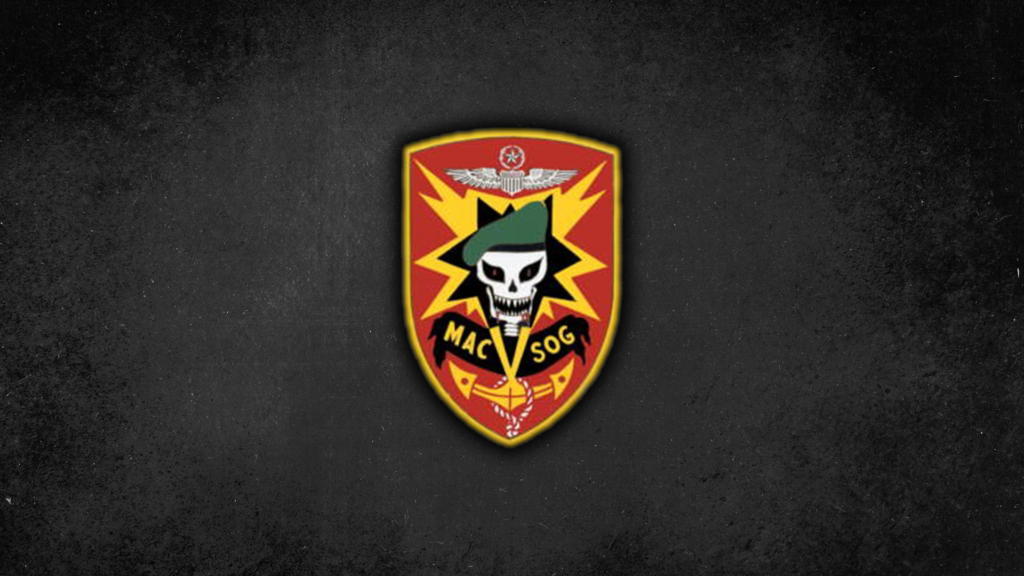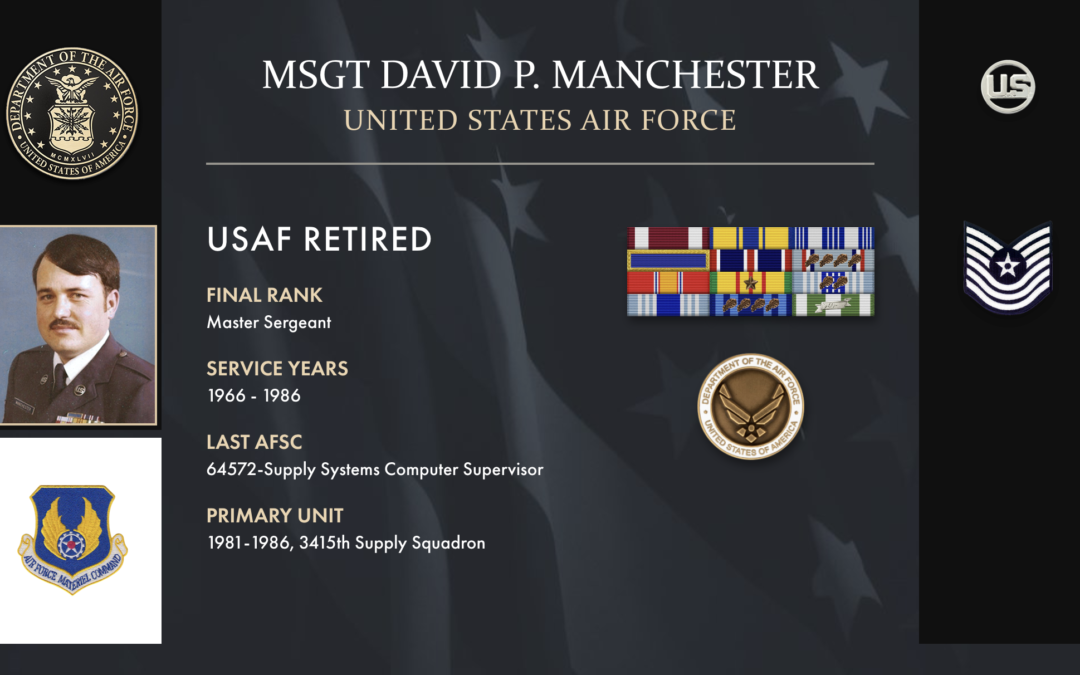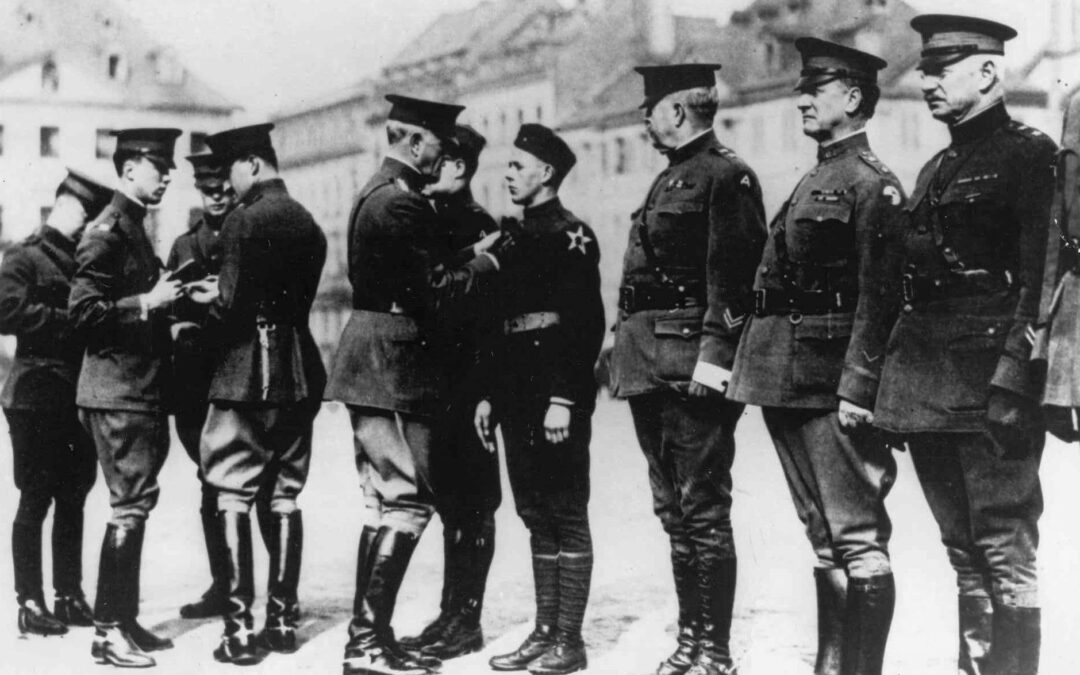Myth of the Vietnam War #1: Most Were Volunteers Common belief is that most Vietnam veterans were drafted. Fact: 2/3 of the men who served in Vietnam were volunteers. 2/3 of the men who served in World War II were drafted. Approximately 70% of those killed in Vietnam were volunteers. Myth of the Vietnam War #2: Fewer Suicides Than Claimed Common belief that the media reported suicides among Vietnam veterans range from 50,000 to 100,000 - 6 to 11 times the non-Vietnam veteran population. Fact: Mortality studies show that 9,000 is a better estimate. "The CDC Vietnam Experience Study Mortality Assessment showed that during the first 5 years after discharge, deaths from suicide were 1.7 times more likely among Vietnam veterans than non-Vietnam veterans. After that initial post-service period, Vietnam veterans were no more likely to die from suicide than non-Vietnam veterans. In fact, after the 5-year post-service period, the rate of suicides is less in the Vietnam veterans' group....
